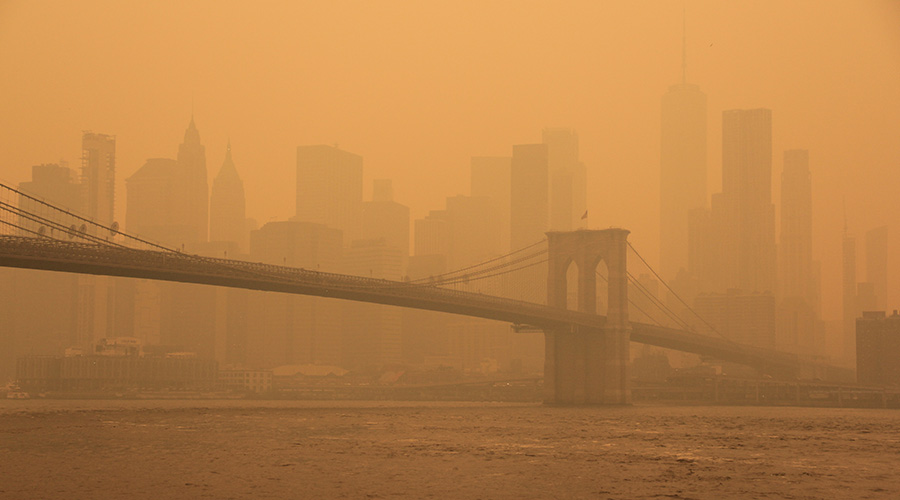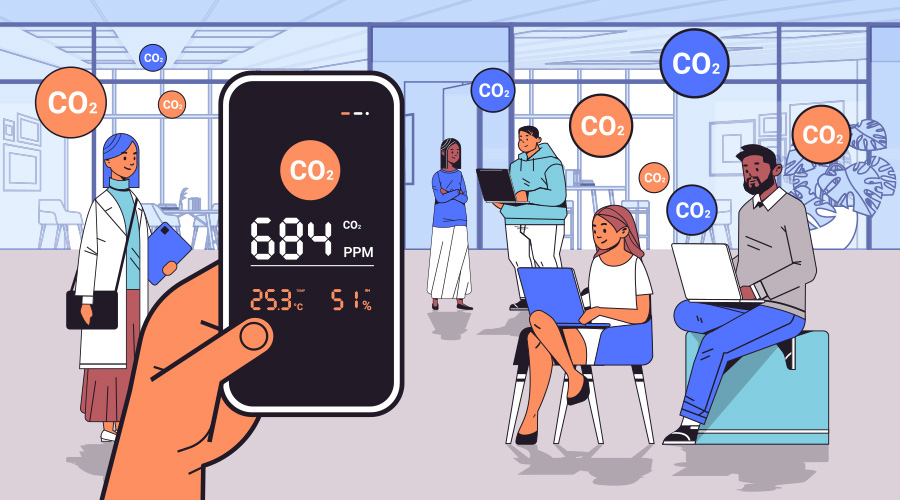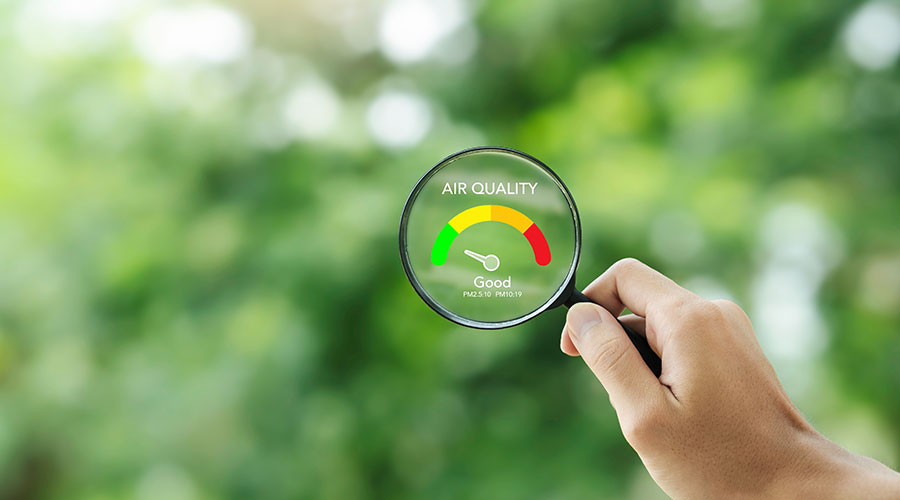Study Links Air Filtration Technology to BRS
Researchers at the U.S. Department of Energy’s Lawrence Berkeley National Laboratory have discovered that the type of air filter some buildings use in ventilation systems might play a role in the prevalence of sick building syndrome, commonly known as building-related symptoms (BRS)
Researchers at the U.S. Department of Energy’s Lawrence Berkeley National Laboratory have discovered that the type of air filter some buildings use in ventilation systems might play a role in the prevalence of sick building syndrome, commonly known as building-related symptoms (BRS). The team also found that the prevalence of BRS increases with rising outdoor concentrations of the pollutant ozone.
This discovery is the first epidemiological evidence from a field study linking ambient ozone levels and BRS, according to the announcement. It also is the first field evidence linking BRS to a specific filtration technology used in large buildings. BRS is a set of health symptoms reported by office workers that improve when they leave the work environment. The symptoms can include irritation of the eyes, nose, throat, respiratory tract, and skin, as well as headache and fatigue.
Results originated from the researchers’ analysis of data from a U.S. Environmental Protection Agency study called Building Assessment Survey and Evaluation (BASE), in which 100 U.S. office buildings were studied for one week each in either the summer or winter between 1994 and 1998. That study included surveys of office workers and their self-reported health conditions, weather and workplace data, and environmental conditions in and around the buildings.
The team’s analysis of the BASE data shows the prevalence of upper-respiratory symptoms increases linearly with rising concentrations of outdoor ozone. It also shows that the indoor concentrations of formaldehyde, acetaldehyde, and organic acids, including pentanal, hexanal and nonanal, increased with rising outdoor ozone. All of these are sensory irritants, and formaldehyde is a carcinogen. Lab studies suggest these chemicals might have a significant impact on indoor air quality.
The researchers also report on how different types of building air filters can affect the prevalence of BRS. Data from a subset of buildings in the study showed strong statistical connections between a certain type of air filter and elevated BRS.
The team found that the combination of higher outdoor-ozone levels and the use of a polyester or other synthetic filter correlates with a statistically significant increase in the prevalence of BRS compared to other types of air filters. This filter showed a significant association with lower- and upper-respiratory symptoms, cough, sore eyes, fatigue, and headache.
By contrast, far fewer symptoms were reported in buildings with high ozone and fiberglass filters or in situations where the building used polyester/synthetic filters and the outdoor air had lower ozone concentrations.
The research suggests that replacing the polyester/synthetic filter could have a significant impact, reducing BRS prevalence by up to 75 percent in buildings with high ozone concentrations, and up to 39 percent in lower-ozone environments.
Michael Apte, who led the study and is part of Berkeley Lab’s Environmental Energy Technologies Division, says the results of both studies require further verification.
For more information, visit the Berkeley Lab web site.
Related Topics:











